A GPS device aids footballers in their physical development and ensures they perform at their optimum level
If you are a football fan, you would’ve noticed the bra-like vests that footballers seem to be wearing under their jerseys during matches and in training. If you were wondering why so many athletes were into kinky dressing conventions, you would be dead wrong. The vests are in-fact a GPS tracking device that records information and statistical data about the players’ movements. The data from the vest is sent to a software dashboard that can be accessed by the coaching staff on laptops or tablets.
It can track heart rate, calorie-burning, and energy output during matches and practice sessions. This in turn reveals the total distance covered, the top speeds achieved, and the acceleration rate during short sprints for each player.
How Teams Use The Technology
With several leagues, including the English Premier League, allowing clubs to use live data during matches, this technology helps the manager and his support staff in making informed decisions based on the live data at their disposal. Apart from ensuring that players perform at their optimum, the technology also warns the clubs about the risk of injury by informing them about the level of strain each player is under.
Along with making decisions about who to sub off or bring on based on data, the information can also be used in retrospect. The collective data from all matches as well as training sessions allows sports scientists to ensure none of the players are nearing the red zone in terms of injuries. It also helps them curate specific training programs and manage the workload of each player based on their individual performances.
How The GPS Vest Works
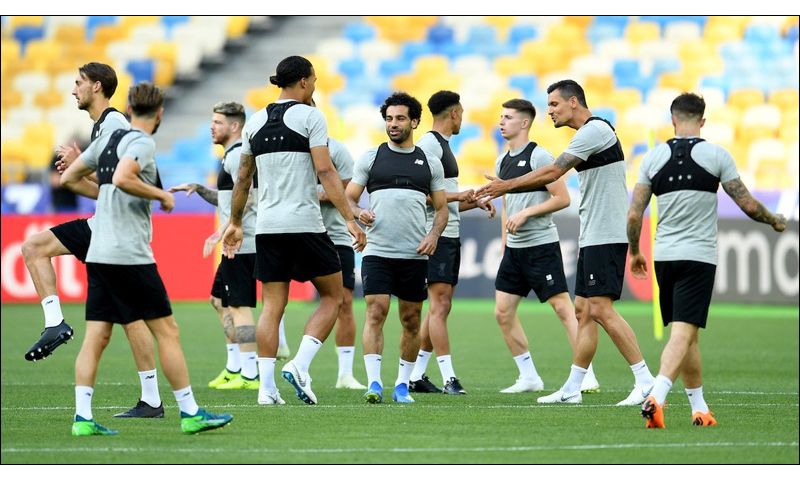
The vest holds a pod between the shoulder blades. This pod contains a 10 Hertz GPS, an accelerometer, and a magnetometer. Together, these 3 devices capture over 1250 data points per second. This data is used to measure details such as total distance, top speed, number of sprints, sprint distance, power, load, intensity, heatmap, and plenty more.
“People are able to take that data during games and make decisions,” explains Sean O’Connor, co-founder of STATSports, the company that developed the technology. In an interview with The Times in 2020, he said: “What that allows you to do is build a profile on a player. You expect a player to do X, Y, Z in training and games. When they start to move away from those norms, it can be for good or bad reasons.
“If they are in a training session and there is 25 minutes left and they have gone way past what you normally expect them to do, then you can make a call to either taper it off or take them in early. It’s the same concept in a game as well. If the manager is deciding between two players to replace, he could ask his coach: ‘what feedback can you give, physically’.”
Guilherme Passos, the physiologist with the Brazil national team, explains how they use the technology:
Why A Vest, Why Not A Smartwatch
One of the obvious questions about the GPS vest is why a vest, why not a smartwatch. There are two main reasons for this:
- The primary reason is that footballers aren’t allowed to wear anything during the match. Studies have shown that the safest place to put the GPS in physical sports like football, rugby, and basketball is the vest.
- The other reason is that the pod on the vest is in an optimal tracking position because of its line of sight to the GPS satellites located above and this means the data is more accurate and reliable.
More Accurate Than A Smartwatch
Most GPS watches only record at 1 hertz. In other words, it makes one data recording per second. A professional footballer makes a lot of varied movements under one second, so data collected per second is not accurate enough. The GPS vest tracks data at 10 Hertz. This means that there are 10 data points for every second.
This is made possible by the fact that the vest holds the pods at a level that makes the GPS satellites record the data better. This increases the data accuracy exponentially and hence the vest and not the smartwatch.
In a field like professional sports where every little bit counts, it is data that gives athletes that cutting edge. So thanks to the GPS vest, footballers and their clubs are able to take their performance to the next level!
In case you missed:
- All You Need to Know about Gemini, Google’s Response to ChatGPT
- What Passwords are Indians using, how safe are these?
- Exploring ISRO’s Ambitious Plans for 2024
- 10 AI-Powered Apps you should Download now!
- New Tech Features to watch the Ongoing Cricket World Cup!
- Things to know before Flying a Drone in India
- The Pros & Cons of Facial Recognition
- Google & Airtel to bring High-Speed Internet to Rural India with Laser Technology
- Presenting the Matsya 6000 – India’s First Manned Submersible
- Enemies will have ‘Nowhere to Hide’ with new Chinese Military Tech



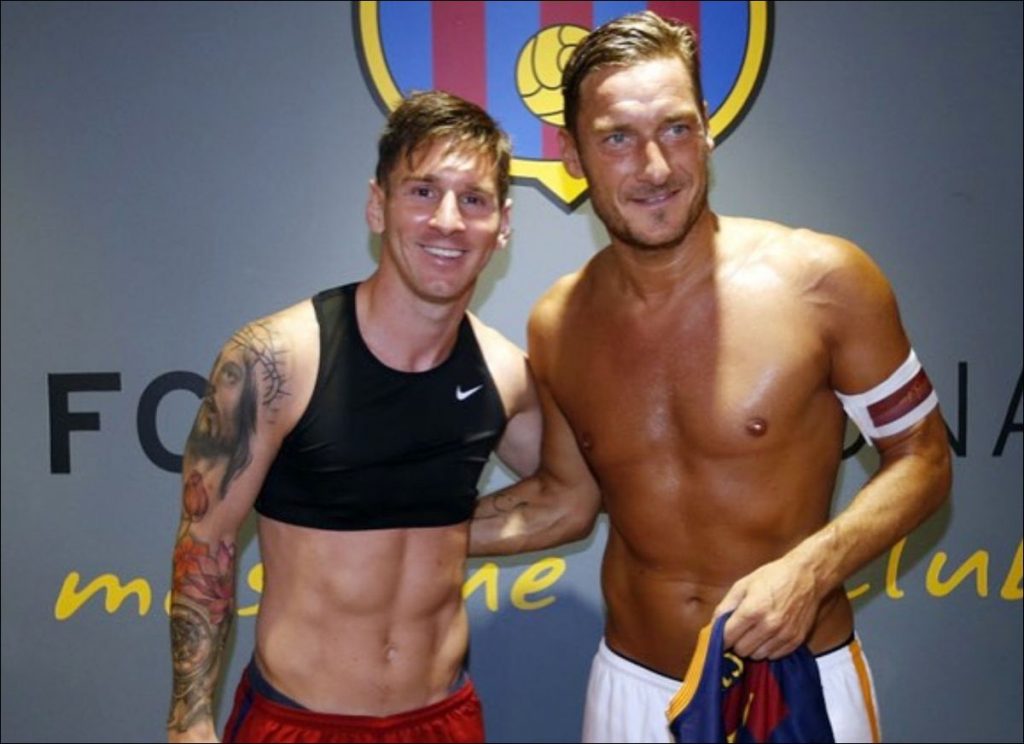

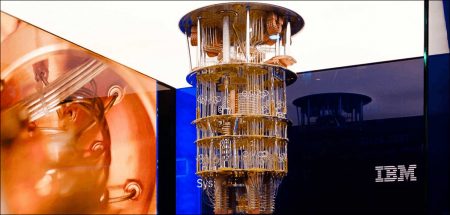
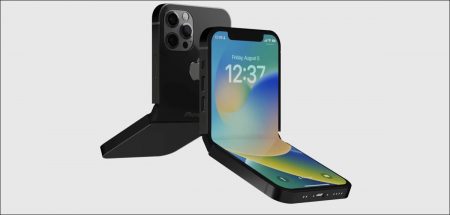


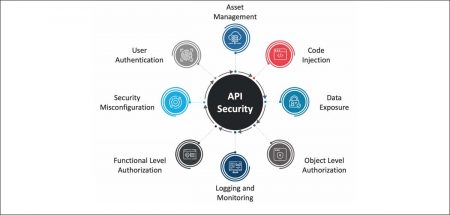
1 Comment
Thank you for sharing the information about game set and match why footballers wear bra like vests, keep sharing.